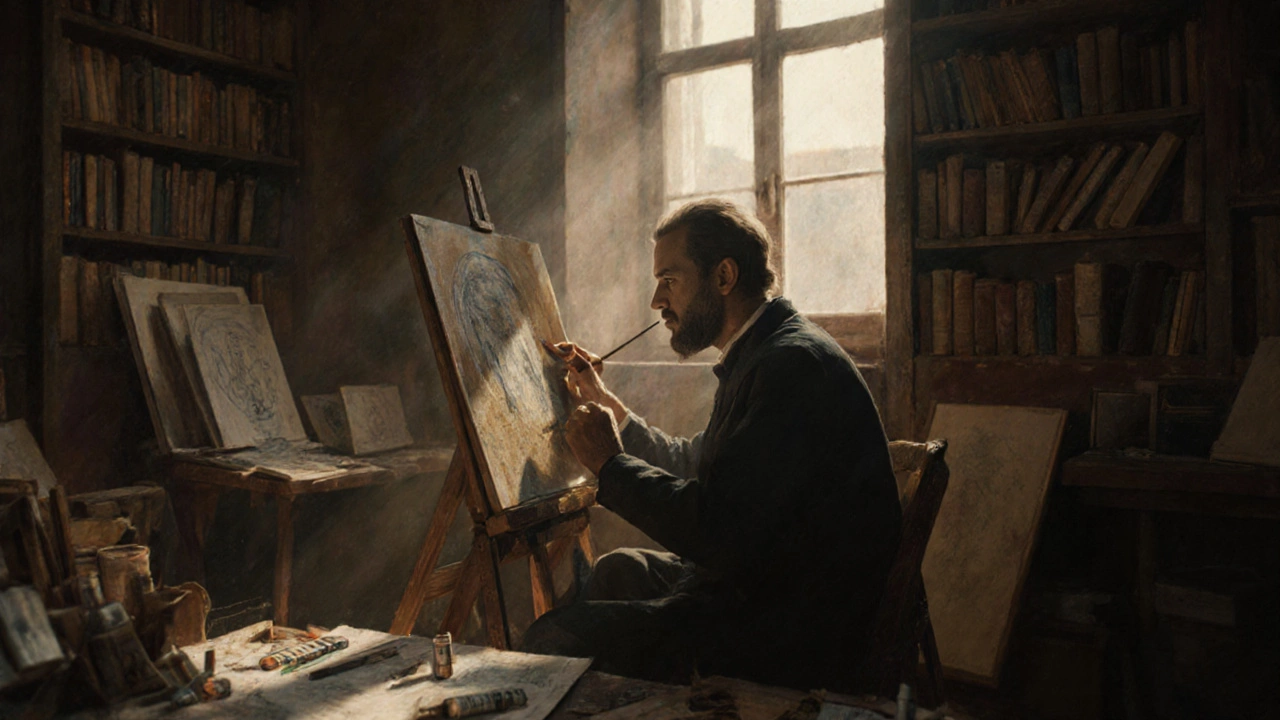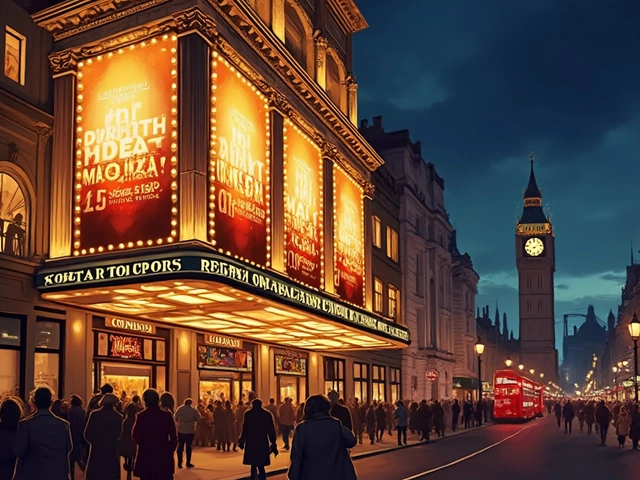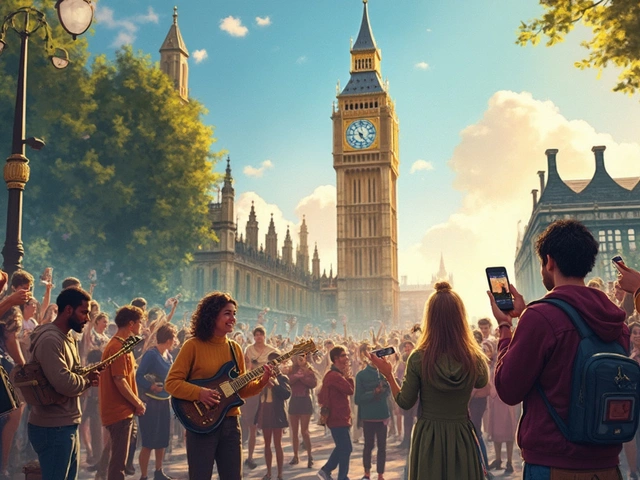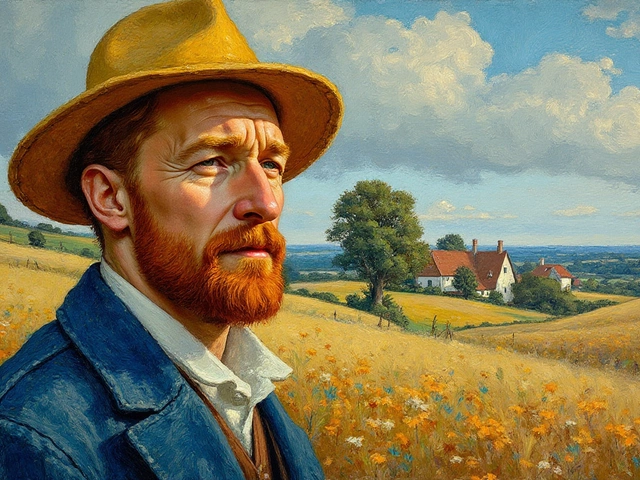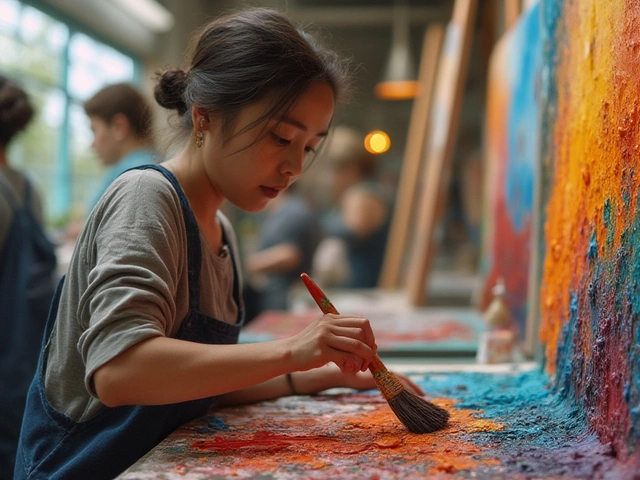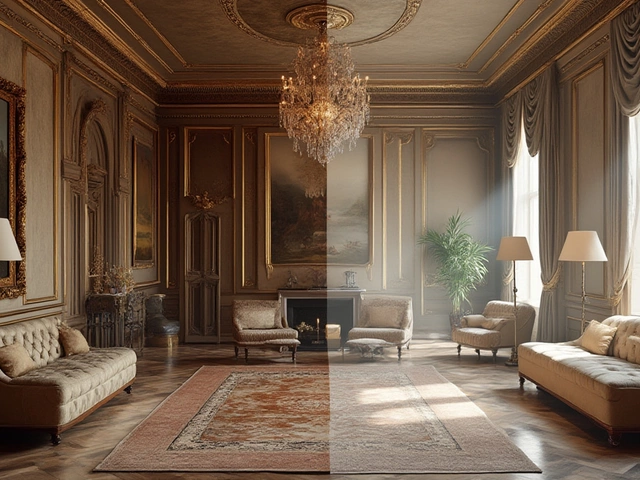Godfather of Modern Art: Who Defined the New Era?
When exploring godfather of modern art, the title given to artists who sparked the break from tradition and set the course for 20th‑century creativity. Also known as pioneer of modernism, this role often overlaps with modern art, the broad movement that rejected academic rules, contemporary art, the post‑World War II practice that builds on modern foundations, and abstract art, a visual language that emphasizes shape, color, and gesture over realistic representation. Understanding who wears the “godfather” label helps you make sense of the many styles, debates, and legends you’ll meet in the articles below.
Key Figures and Their Defining Moves
The godfather of modern art isn’t a single person; it’s a lineage of innovators. first modern artist, Édouard Manet, whose 1863 painting ‘Le Déjeuner sur l'herbe’ sparked the Salon des Refusés rebellion, kicked the door open for later rebels. Marcel Duchamp, who introduced readymades and challenged the definition of art, and Pablo Picasso, who shattered perspective with Cubism all earned a spot in the godfather narrative. In semantic terms, the godfather of modern art includes these pioneers, introduces new visual vocabularies, and influences generations of creators that followed.
Abstract art rose from that foundation. It broke the link between object and image, giving rise to three main strands: Abstract Expressionism’s gestural energy, Geometric Abstraction’s precise forms, and Lyrical Abstraction’s fluid color fields. Each strand derives from the modern art revolt and extends its quest for personal expression. By studying these types, you’ll see how the godfather’s legacy splits into specialized paths—exactly the kind of nuance the posts on abstract art types and abstract expressionism explore.
Modern art and contemporary art often get tangled, yet they serve distinct roles. Modern art precedes contemporary art chronologically, covering roughly 1860‑1970, while contemporary art continues the experimental spirit from the 1970s onward, embracing digital media, installation, and performance. Both share a rebellious core, but their materials and cultural contexts differ. This distinction shows up in articles that compare modern vs contemporary trends, explain AI‑generated pieces, and trace how today’s creators reinterpret the godfather’s daring mindset.
All of this context sets the stage for the collection below. You’ll find deep dives into today’s cutting‑edge styles, debates over who really earned the “father” title, guides to abstract and landscape painting, and practical tips for turning your art into a digital career. With the groundwork laid, the posts ahead will help you pinpoint the artists, techniques, and ideas that keep the modern art lineage alive today.
Pablo Picasso: The Godfather of Modern Art Explained
Discover why Pablo Picasso is hailed as the godfather of modern art, his groundbreaking works, and how his legacy shapes today's art scene.
Continue Reading